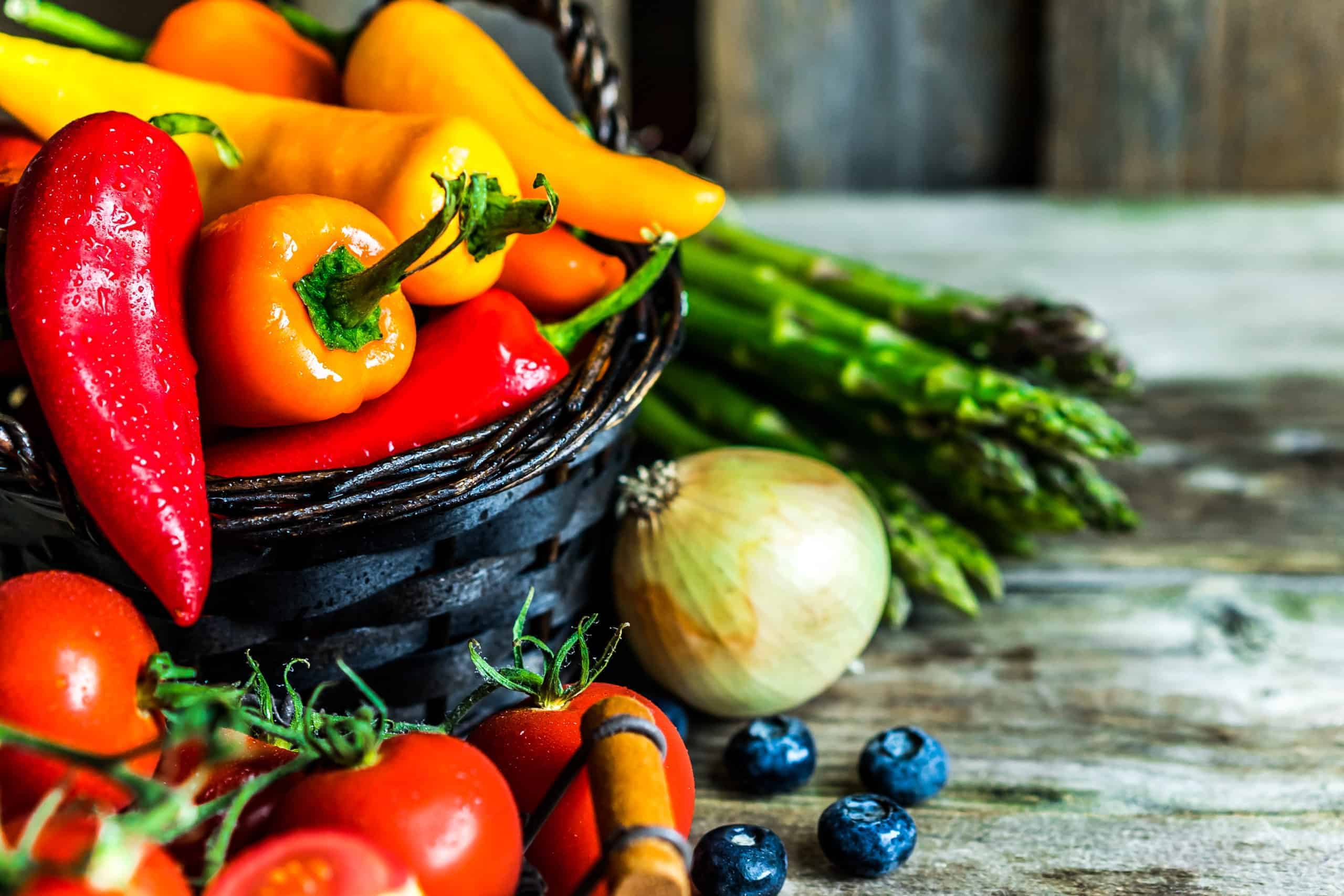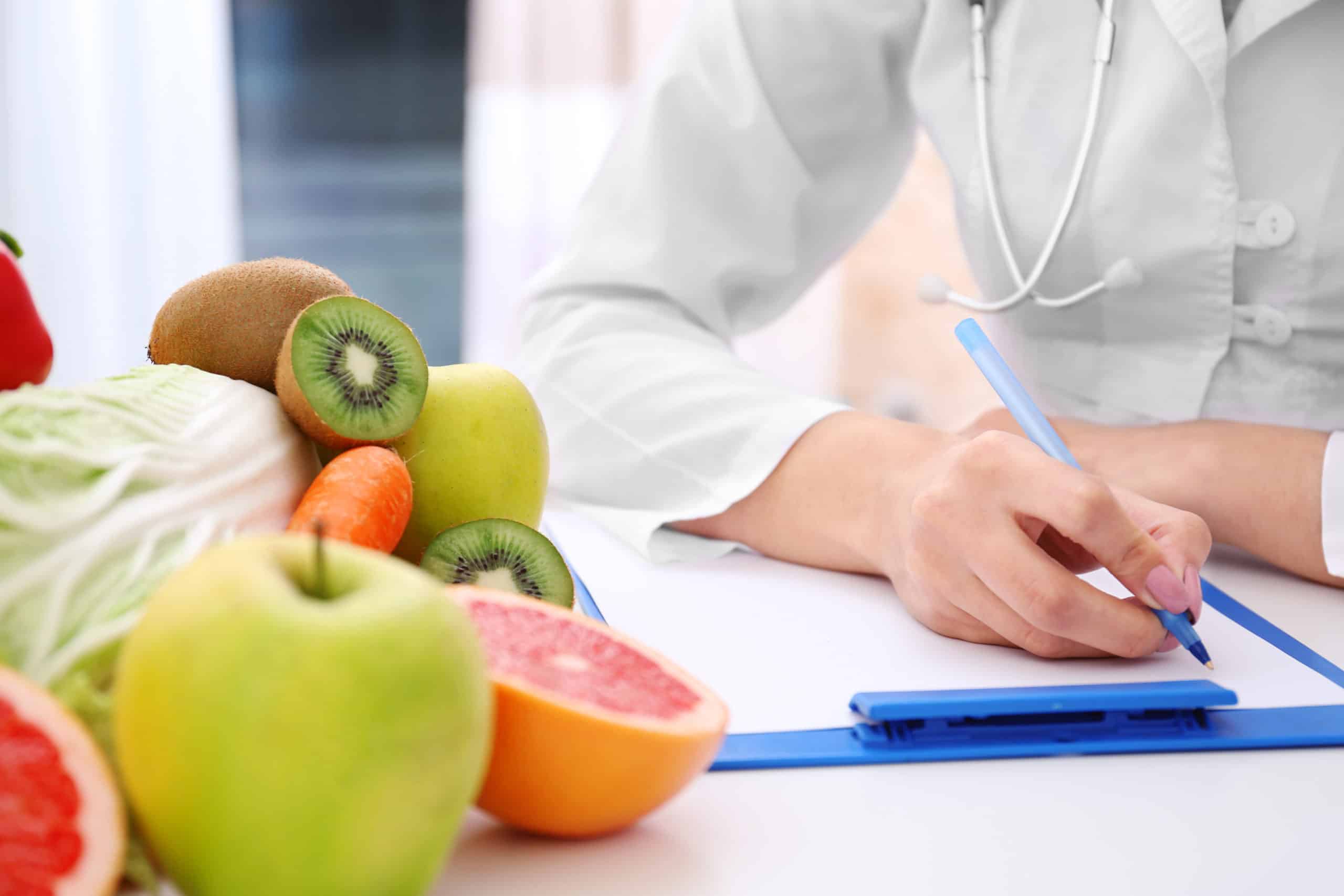Do we recommend any specific pernicious anemia diet plan?
Yes, but before we elaborate, please remember:
Pernicious anemia, by definition, is when your body is unable to absorb B12 through the stomach. This happens due to autoimmune attacks on either IF (intrinsic factor, a protein that drives the absorption of B12), or the gastric parietal cells, which produce IF.
When you have true pernicious anemia, no diet in the world is going to get enough B12 into your bloodstream, cells, and tissues. You will most likely need a lifelong B12 shot therapy to live a good, normal life, with as few PA symptoms as possible.
However, diet may play a significant role. Leading scientists believe the main cause of autoimmune diseases is leaky gut. This is a condition where your intestinal barrier function is flawed, making way for proteins, toxins, and other particles to get into your blood circulation. The immune system reacts to these invaders, and if some of them look like your own tissues, then your body ends up attacking your tissues as well.
Which brings us to…
AIP: Best Diet for Pernicious Anemia?
The Autoimmune Diet Protocol, as described in Dr. Sarah Ballantyne’s book, aims to get rid of irritants and major offenders to gut health. It’s designed to soothe your immune system, reduce inflammation, and help your body embark on a path of healing.
Remember, pernicious anemia is first and foremost an autoimmune disease.
Did you know?
Gluten, for example, tends to pry the tight junctions of the gut open. This allows the passage of toxins and food particles into the blood flow, which sets off inflammatory and autoimmune feedbacks. It’s no surprise that gluten-free diets seem to help against autoimmune diseases like type 1 diabetes, rheumatoid arthritis, autoimmune hepatitis, and multiple sclerosis.
After plenty of anecdotal evidence, the AIP began attracting academic attention. In this study from 2017, the AIP showed potent effects against inflammatory bowel disease. 11 of 15 people who followed the diet achieved total remission by the sixth week.
With the AIP, you will begin with a phase of at least one month, where you will cut out some foods. Then, once you feel a lot better, you will slowly start to add these foods back in your diet – one by one – and try to gauge how your body reacts.
This isn’t just a pernicious anemia diet plan but a solid template for anyone with an autoimmune disorder. And remember, this dietary plan should only supplement your B12 treatment. Never stop your B12 shots if you were tested and diagnosed with PA.
Now, let’s see what you can or can’t eat on the AIP.

AIP Pernicious Anemia: Foods to Avoid
- Grains, i.e. wheat (bread, pasta, etc), rice, corn, barley, oat, bulgur, rye, sorghum, spelt. Also take out grain-like seeds, like buckwheat, amaranth, quinoa, millet, teff.
- Legumes, i.e. black beans, kidney beans, fava beans, lima beans, soybeans, green beans, chickpeas, lentils, peanuts.
- Eggs. One of the most common food allergies. When you later add eggs back in, have just the yolks first. Many find the whites irritating but not the yolks.
- Dairy products of any kind, i.e. cheese, milk, cream, yoghurt, butter and ghee.
- Nightshades, i.e. white potatoes, tomatoes, eggplant, all kinds of bell and spicy peppers (and spices like paprika, cayenne, chipotle, chili powder or flakes, etc. As a general rule, avoid red spices). Also tomatillo, tamarillo, pepino, okra, ashwagandha, goji berries, naranjillas, kutjera, cocona, garden huckleberries, cape gooseberries.
- Nuts, i.e. hazelnut, walnut, macadamia, Brazil nut, chestnut, cashew, pecan, pistachio, pine nut, almond. Coconut is the exception (in fact, it’s actually a fruit).
- Seeds, i.e. sesame, chia, safflower, flex, pumpkin, sunflower, hemp, etc.
- Spices from seeds, i.e. cumin, black pepper, curry, nutmeg, coriander seed, allspice, anise, annatto seed, fennel seed, vanilla beans, caraway, celery seed, mustard, poppy seed, cardamom, green and pink peppercorns, juniper, white pepper, fenugreek.
- Seed oils like canola, soybean, sunflower, grape seed, etc.
- Chocolate (cocoa is a seed).
- Coffee (the coffee bean is a seed).
- Alcohol.
- Dried fruit. Too much sugar, and easy to over-eat.
- Food additives like thickeners, artificial food dyes, emulsifiers, xanthan or guar gums, sodium nitrite, high fructose corn syrup, etc.
- Refined sugars and processed foods.
- Sweeteners like stevia, xylitol, aspartame, etc.
- Algae, i.e. chlorella, spirulina.
- NSAIDs (painkillers such as aspirin or ibuprofen), which can harm your gut lining.
Other foods to avoid with pernicious anemia or other autoimmune conditions are any foods you know or suspect you’re sensitive or allergic to.
Now, what can you eat?

AIP Pernicious Anemia: Foods to Eat
- Meat, i.e. beef, chicken, fish, shellfish, bison, turkey, elk, pheasant, rabbit, duck, lamb, pork, wild boar, goat, goose, venison, etc. In our opinion, if you want to play it safe, avoid all seafood at the beginning, and gradually add it later.
- Organ meats and offal, i.e. liver, kidney, heart, brain, spleen, tongue, tripe. The AIP author suggests five times a week or more, but we recommend two or three times at most. Gelatin (from grass-fed animals, if you can find it) is also great.
- Fruits of all kinds and colors, i.e. watermelon, banana, apricot, peach, apple, berries, cherry, orange, lemon, grapefruit, fig, date, kiwi, melon, plum, pineapple, persimmon, mango, grape. We advise limiting fructose intake to 2-3 fruits a day. Berries, though, are very low in sugar and you can eat them more liberally.
- Vegetables (except for nightshades), i.e. artichoke, cabbage, kale, chard, spinach, squash, sweet potato (try the Japanese purple ones!), Brussels sprouts, cassava, beet, arugula, mustard greens, bok choy, onion, lettuce, turnips, watercress, cauliflower, leek, parsnip, rutabaga, fennel, asparagus, sea vegetables.
- Mushrooms, i.e. portobello, champignon, shiitake, enoki, oyster mushroom, etc.
- Non-seed fats, i.e. avocado, olives, coconut (and its oil, cream, and milk), animal fats. We advise using olive or avocado oil for salad dressing, and a saturated fat like lard, beef tallow, chicken or duck fat, or coconut or palm oil for sautéing.
- Probiotic foods, like fermented vegetables or fruits (sauerkraut, kimchi, olives, pickles, etc), kombucha, water kefir, and coconut-milk kefir/yoghurt. Important: If you have SIBO (small intestinal bacterial overgrowth), avoid all fermented foods other than the ones known to work well with your condition.
- Non-seed herbs & spices, i.e. turmeric, salt, basil, dill, saffron (the only red spice you can have), garlic, sage, cinnamon, rosemary, mint, bay leaf, chives, oregano, cilantro, parsley, thyme, peppermint, ginger, lemon balm, chamomile, chervil, clove, horseradish, lavender, mace, marjoram leaves, tarragon, savory leaves.
- Vinegar. Types like apple cider, balsamic, ume plum, coconut, red or white wine, sherry, and champagne are all good. Without added sugar, of course.
- Honey and maple.
- Water, tea, and broth for drinks.
- Grain-free flours (if you insist), i.e. tapioca, tigernut, coconut, arrowroot, etc.
As you see, our friendly diet for pernicious anemia has lots of options 🙂
Potassium and Folate (Important!)
When you start injecting B12, your anemia will get better and you’ll begin to build red blood cells normally. During the first few months, your potassium levels may drop, so keep an eye on it and eat a lot of potassium-rich foods. Good AIP-friendly sources are sweet potato (with the skin), salmon, watermelon, coconut water, avocado, banana, beet, butternut squash, pomegranate, and dark leafy greens like spinach or kale.
Also, remember that B12 and folate (vitamin B9) need each other in order to function properly. If you’re not on the upper end of the suggested folate range, then supplement with l-methylfolate. This is the best form of folate, much better than folic acid.
How to Reintroduce Foods?
After at least 30 days on the AIP, when your blood work improves and you feel a lot better, you can start adding foods – one by one – back in the rotation. Go slowly, and give each food three days to cause a reaction (headaches, bloating, mood swings, skin changes, fatigue, etc). If your body reacts, eliminate that food forever.
You may want to steer clear of some foods anyway, even if you’re a healthy person. For example, refined sugars, processed products, food additives, seed oils, most grains and legumes (unless soaked and fermented). They’re not good for anybody.
The Pernicious Anemia Diet Plan to Follow
To sum up, we advise adopting the AIP as your pernicious anemia diet therapy in combination with the B12 shots. Also, make sure you’re getting enough potassium and folate. After adding safe foods back in, you’ll end up with your own unique AIP template, a diet tailored just for you. Stick to it to minimize the flaring of symptoms.
There are plenty of stories of the AIP bringing autoimmune conditions into complete remission. Please report back to us if this diet helped you too. At the very least, it can help you lose weight (if there’s weight to lose), since it eliminates so much junk.
We’ll keep an eye out on anything diet and PA related. Ideally, in the years to come, we’ll find out how to stop patients from producing antibodies to intrinsic factor or parietal cells through diet alone. That would, in effect, give us a cure for PA.
Until and if that ever happens, keep injecting your B12.
Overall, we highly recommend this pernicious anemia dietary treatment as a valuable complement to the all-important B12 shot therapy.
Good luck.